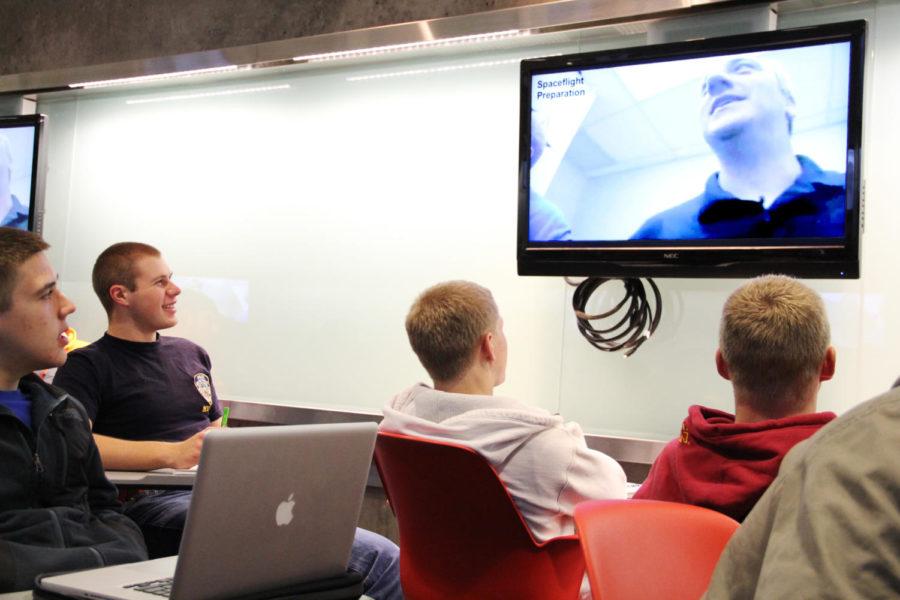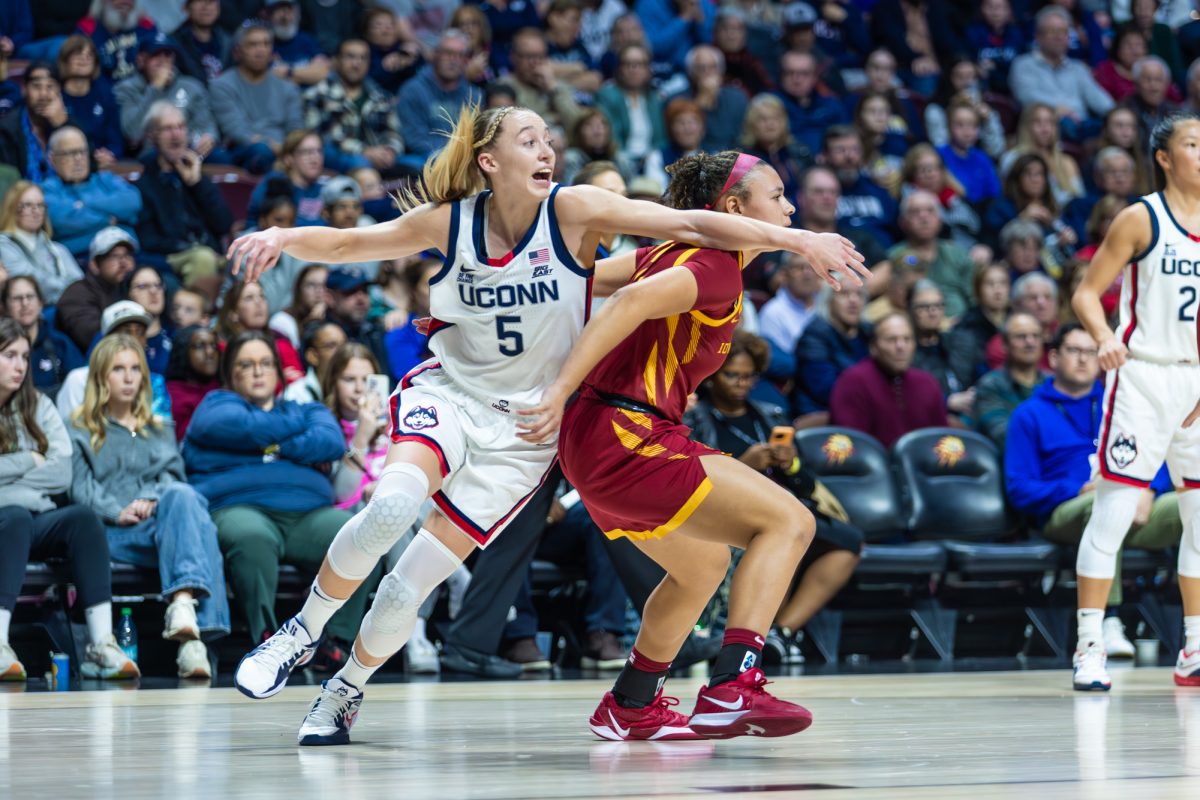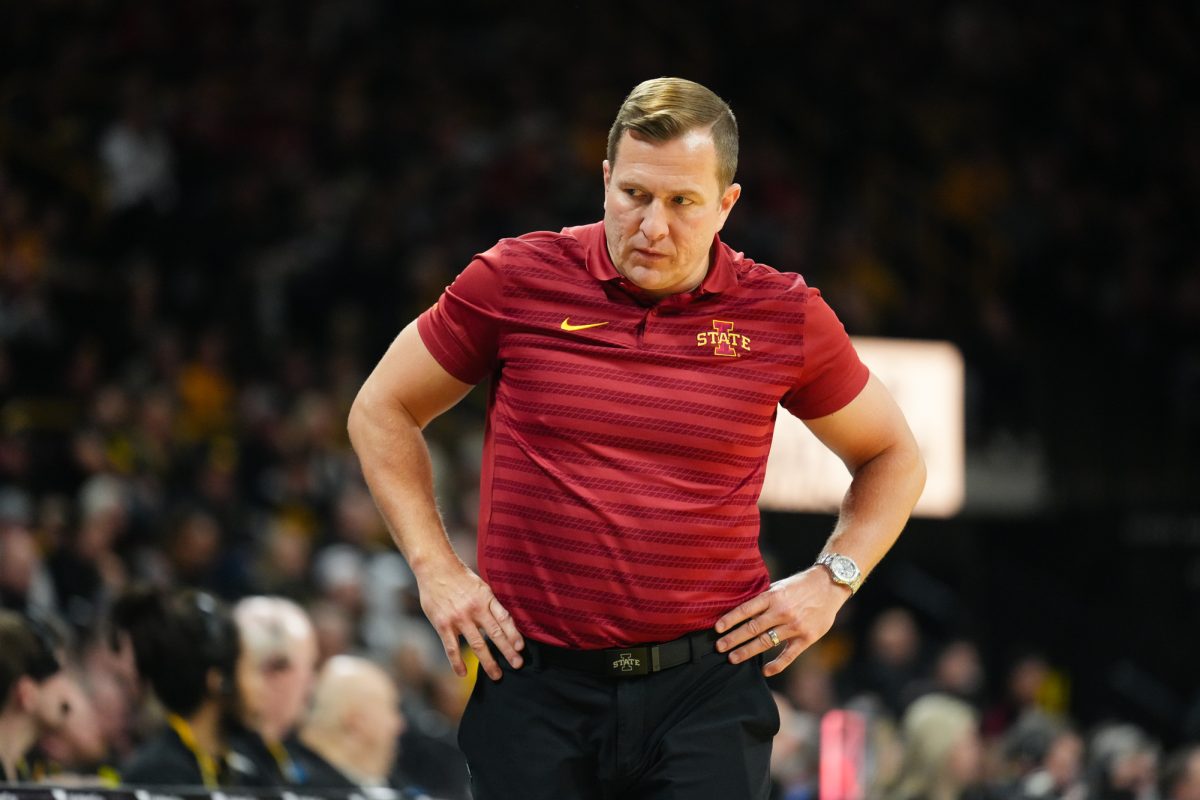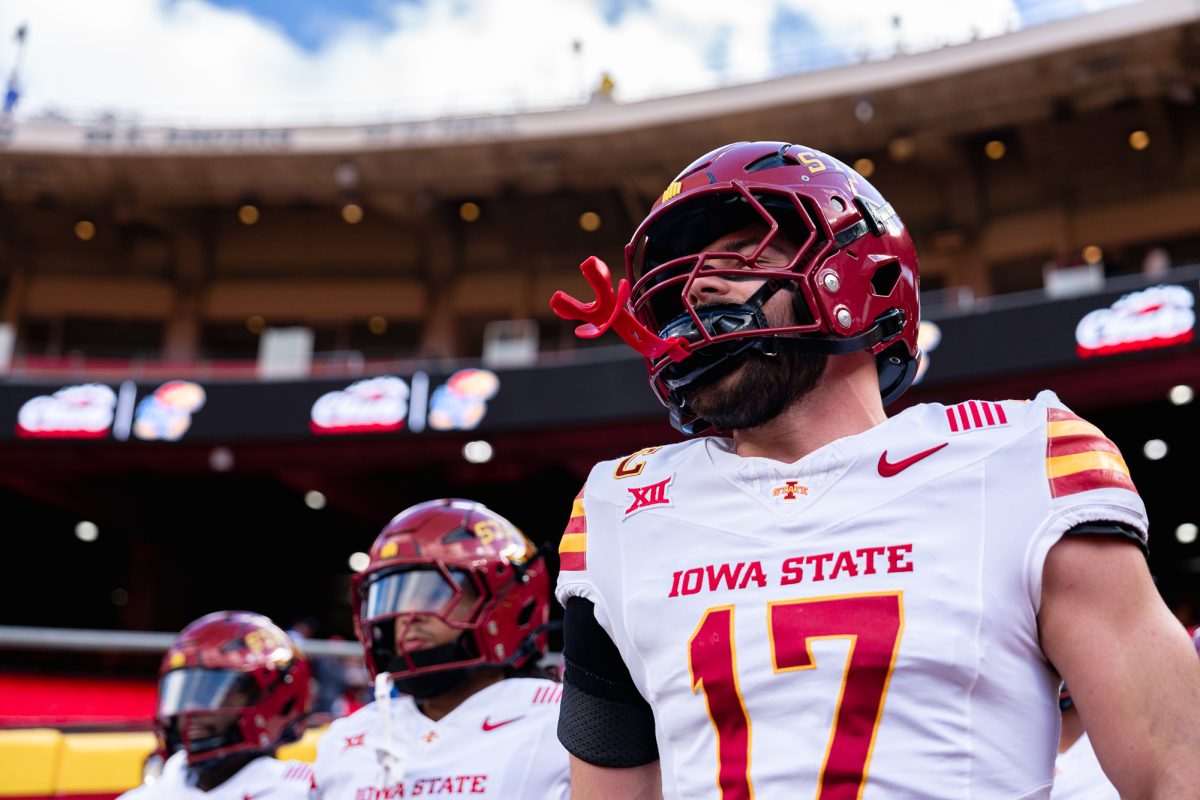Howe Hall gains classroom of the future
November 28, 2012
Howe Hall is now home to an unconventional and modernized classroom, located in the corner of what used to be a popular lounge spot for students.
The open-concept classroom, described as the “Next-Generation Interactive Classroom,” contains no walls, doors, windows or fixed seating like other ordinary classrooms. Instead, it is separated from the main atrium of Howe Hall by an opaque glass wall, which is lined with 12 flat-screen TVs and also serves as a writing space where students can work out equations on their own, or in groups.
The classroom was designed to be a marriage of group-minded learning and the latest education technology.
“It’s really just a big experiment, resulting from an experience we had last fall where we had nowhere to teach a large class. To our surprise, it turned out awesome. Students love it, and teachers loves it,” said Tom Brumm, professor in charge of Engineering-LAS Online Learning.
Up to 120 students can fit comfortably into the space, but since it has “modular” seating, students can move around and interact with each other freely on rolling chairs.
“The whole idea of totally flexible seating, I think, is wonderful,” Brumm said. “Traditional classrooms where seats are bolted to the floor are a lousy environment for group work; students have difficulty talking to other students.”
It is a bizarre classroom, given the fact that many students’ backs are turned away from the professor as he or she speaks from the podium. They hear the professor talking loud and clear, but their attention is on the flat screen monitor in front of them.
The 12 flat screen monitors that line the glass barriers are synchronized with the main projection screen at the front of the room, but can also be used by students for individual, or group work projects via an iPad or iPhone.
Professors can control their lecture material with an iPad as they wander around the classroom, helping students as they work through a problem, and project solutions onto each of the monitors.
This classroom technology is reflective of a major shift towards a more digital teaching environment all over campus. More and more classrooms are using things like YouTube, TED Talks, iPads and Smartphone apps to get through to their students.
“It’s a lot more interactive, rather than just passively watching what the professor teaches,” said Richard Wlezien, professor and Vance and Arlene Coffman Endowed Department Chair of aerospace engineering.
Wlezein says that the classroom, which was built less than one month ago, has so far been a success.
“From what I heard from the students, almost universally, is that they like the openness. Feedback from students and teachers has been positive. We could have just put walls around it like a standard classroom, but instead of putting our money towards bricks and mortar, we put it towards technology.”






